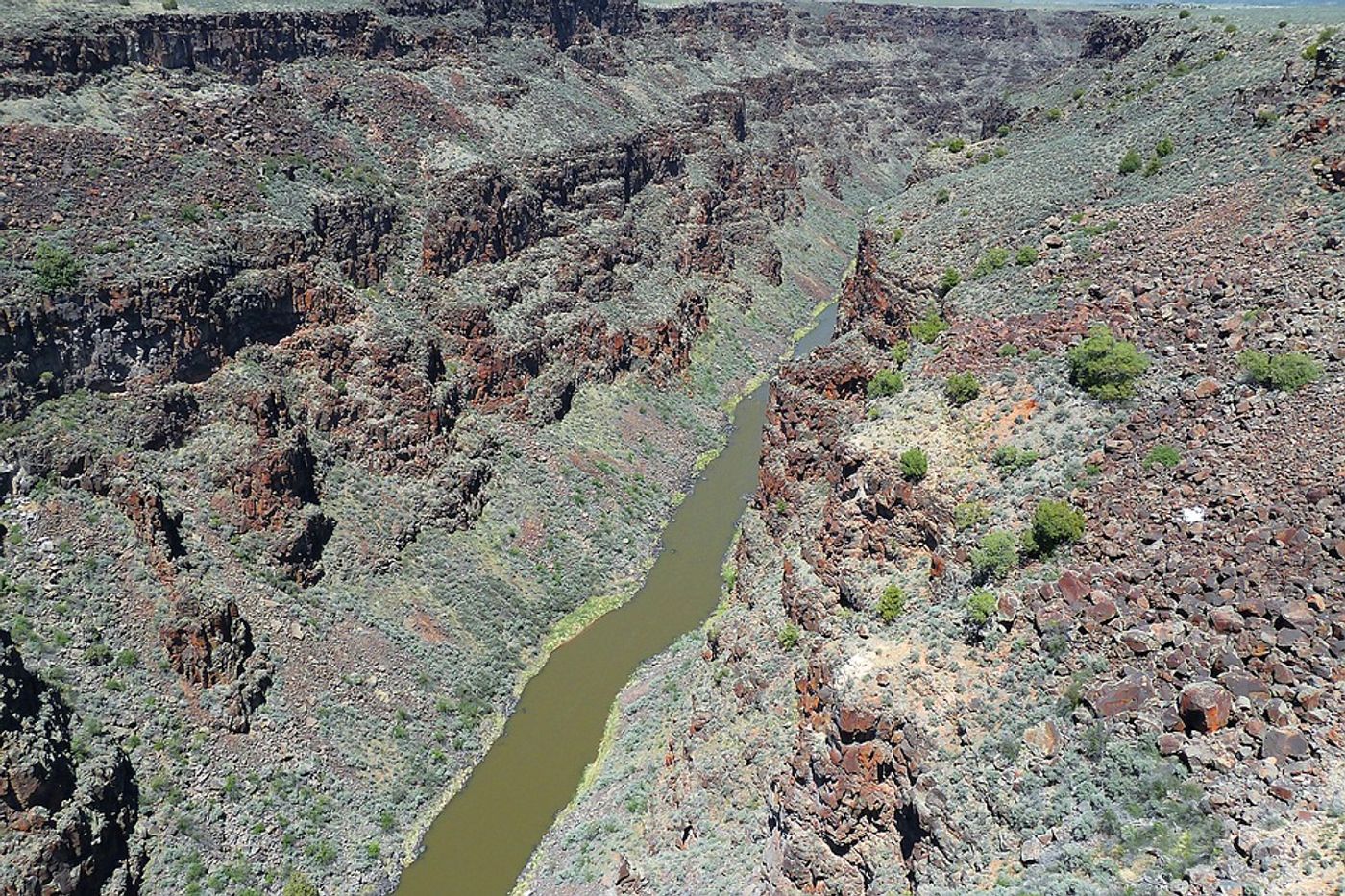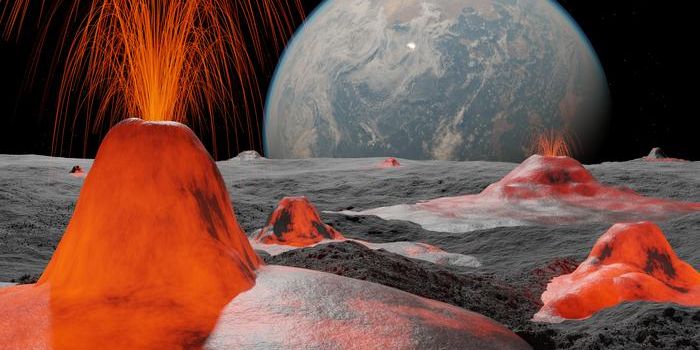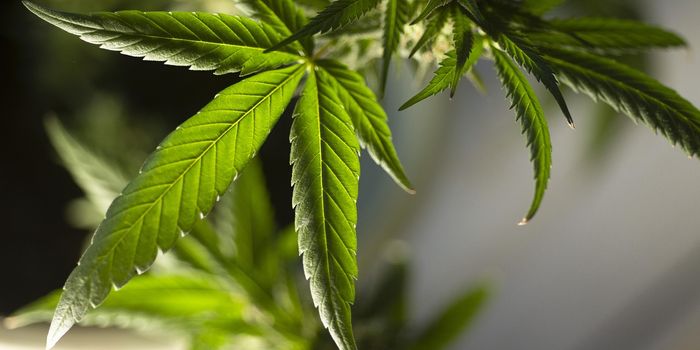There is double the carbon moving from the land to the oceans
New research published in the journal Global Biogeochemical Cycles sheds fresh light on the inner workings of the global carbon cycle in reference to how carbon moves from land to the oceans. The study, led by Dr. Eun Young Kwon from the IBS Center for Climate Physics South Korea, utilized carbon isotopes to investigate the movement of carbon through the atmosphere, oceans, river systems, and the biosphere.
“The transport of carbon from land to ocean, via rivers, groundwater, and aerosols, is an important component of the global carbon cycle that must be known to accurately assess anthropogenic CO2 storage on land and in the ocean. Current global carbon cycle budgets have adopted terrestrial carbon inputs to the ocean ranging from 0.5 GtC/yr to 0.9 GtC/yr, derived mainly from estimates of riverine fluxes,” write the authors.
Indeed, while it is estimated that 600-900 million tons of carbon flow through rivers to the ocean annually, calculating a more accurate model of carbon movement has been difficult. In reference to the above estimates, the authors write: “However, these budgets ignore the terrestrial carbon inputs from coastal ecosystems and through submarine groundwater discharge due to difficulties in making global assessments.”
To address that challenge, the researchers used carbon isotopes 12C and 13C – and more specifically, the concentration ratio between the two (known as δ13C) – to track how carbon becomes diluted in oceans. "The carbon isotope values act like an invisible dye that tells us something about the source where it came from and how much got released initially," says lead author Dr. Kwon.
In their models, the researchers were able to determine that land-to-ocean carbon transfer reaches much higher quantities than previously thought: a range of 900-1900 million tons per year. They report that the majority of non-riverine carbon inputs (accounting for 300-1300 million tons of carbon annually) occur along the coastlines of the Indian and Pacific Oceans. "This is consistent with the idea that groundwater discharge and coastal ecosystems, the so-called blue carbon, play a fundamental role in the global carbon cycle" explains Dr. Kwon.
The authors conclude, “Our results suggest more dynamic cycling of carbon in the land‐ocean transition zone than previously thought, and that rivers may not be the only important pathway for terrestrial carbon to the ocean.” The team intends to continue their investigation of the movement of global carbon, focusing their future studies on the oceanic processes that influence the transport of dissolved carbon from coastal zones to the open ocean.
Sources: Global Biogeochemical Cycles, Science Daily









